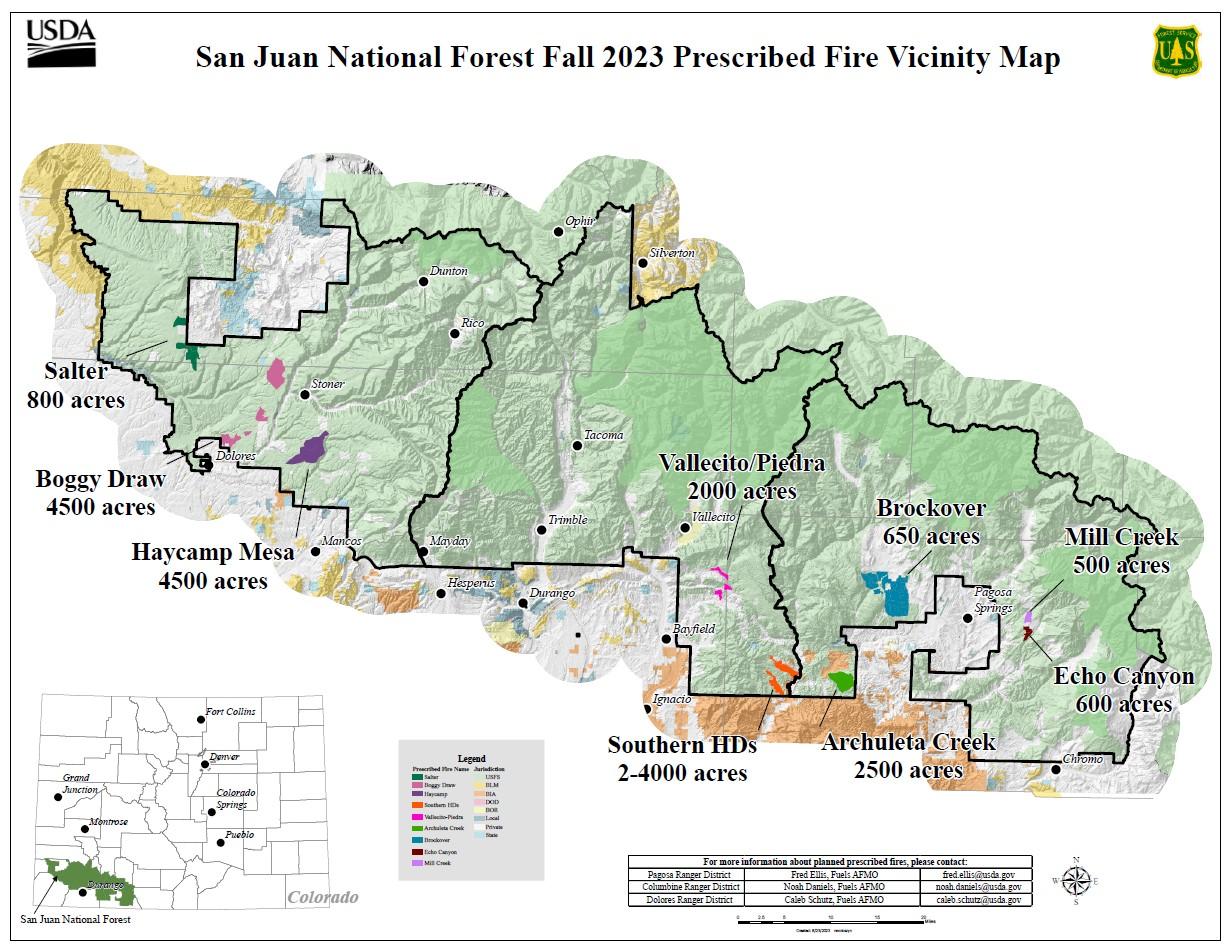Incident Media Photographs
Could not determine your location.
Photographs Gallery
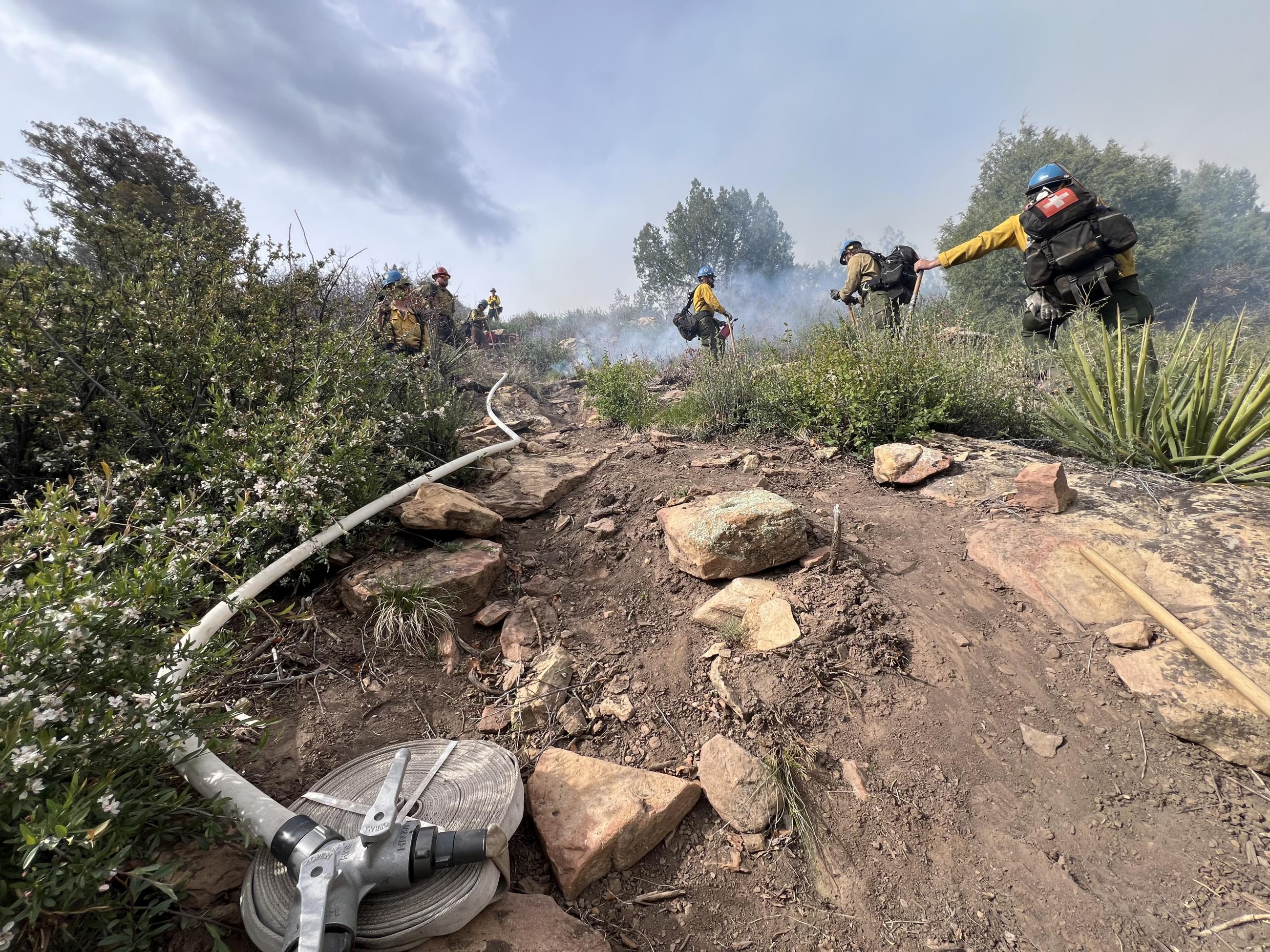
Firefighters carefully bring fire down a steep slope in Little Bean Canyon on the Dolores Ranger District of the San Juan National Forest on May 9, 2024.
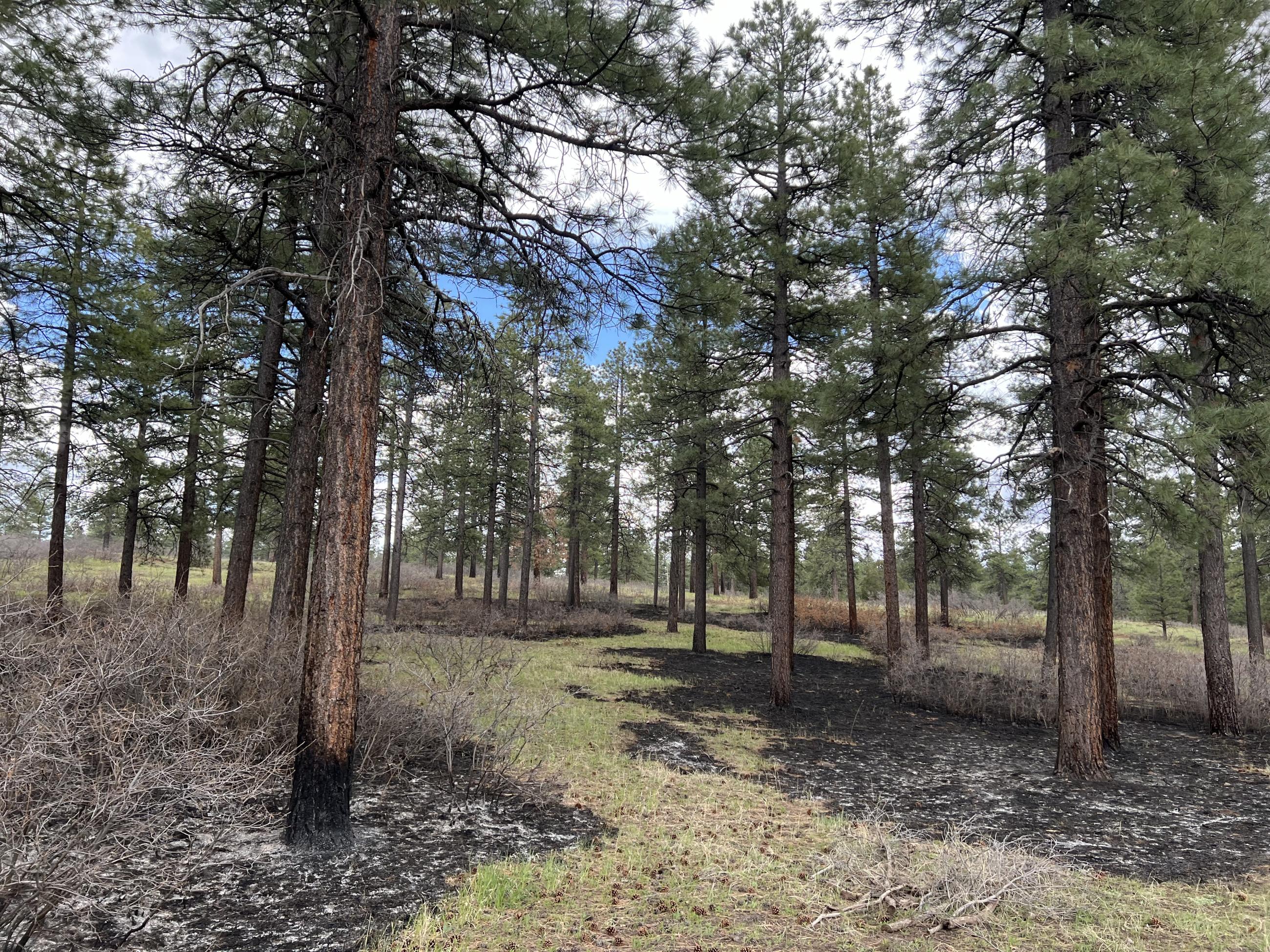
The May 9th prescribed burn was, in part, what is referred to as a "maintenance burn." The idea is to mimic what nature did before we started putting out lightning fires. That means regular re-introduction of fire to clear out dead wood, needles and leaves, and thin out brush and some trees.
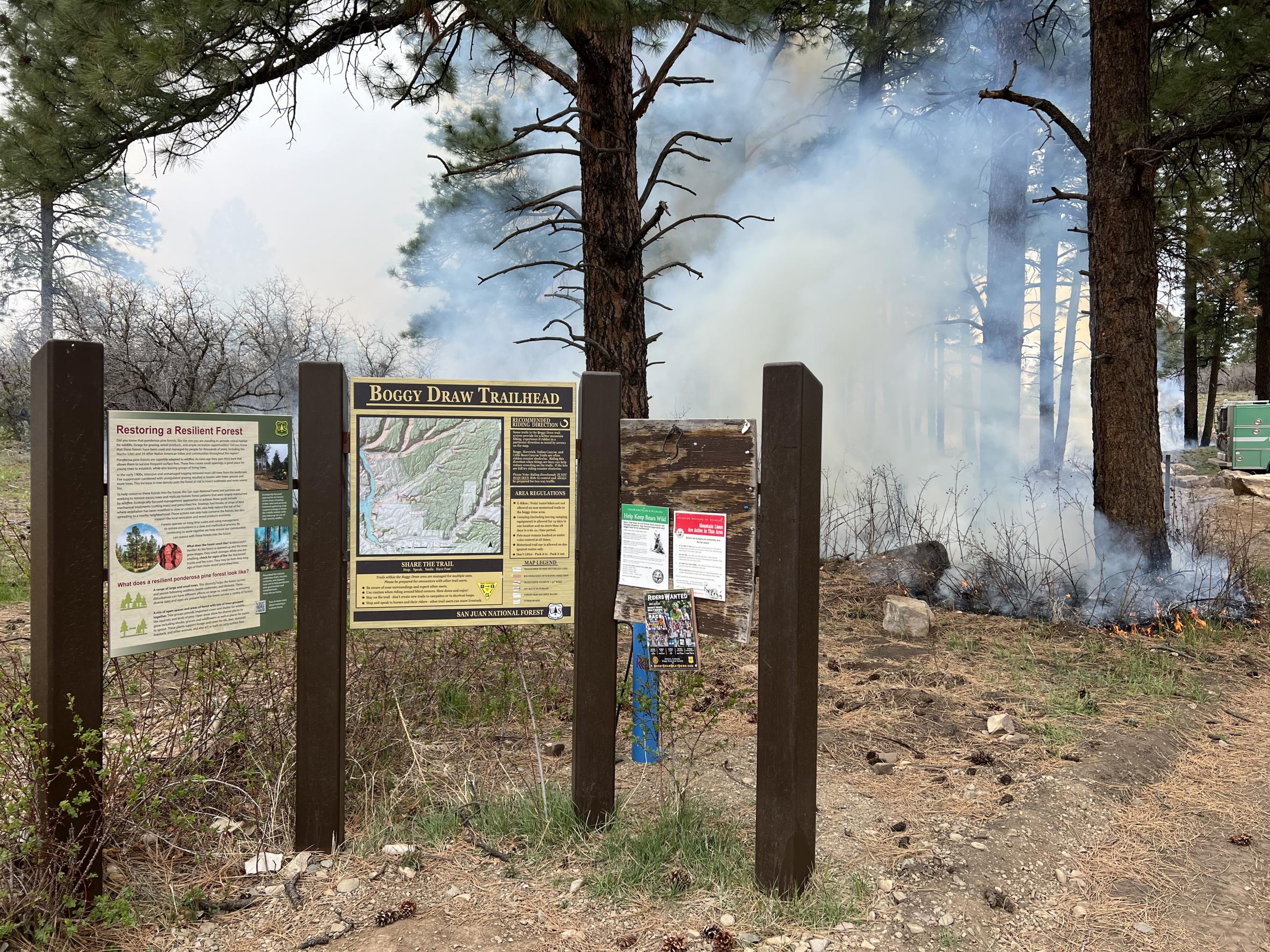
The popular Boggy Draw Trail system was closed temporarily because of a prescribed fire along many parts of the trail and at trailheads. Fire personnel will work to mitigate hazards and reopen the trails as quickly as it is safe to do so.
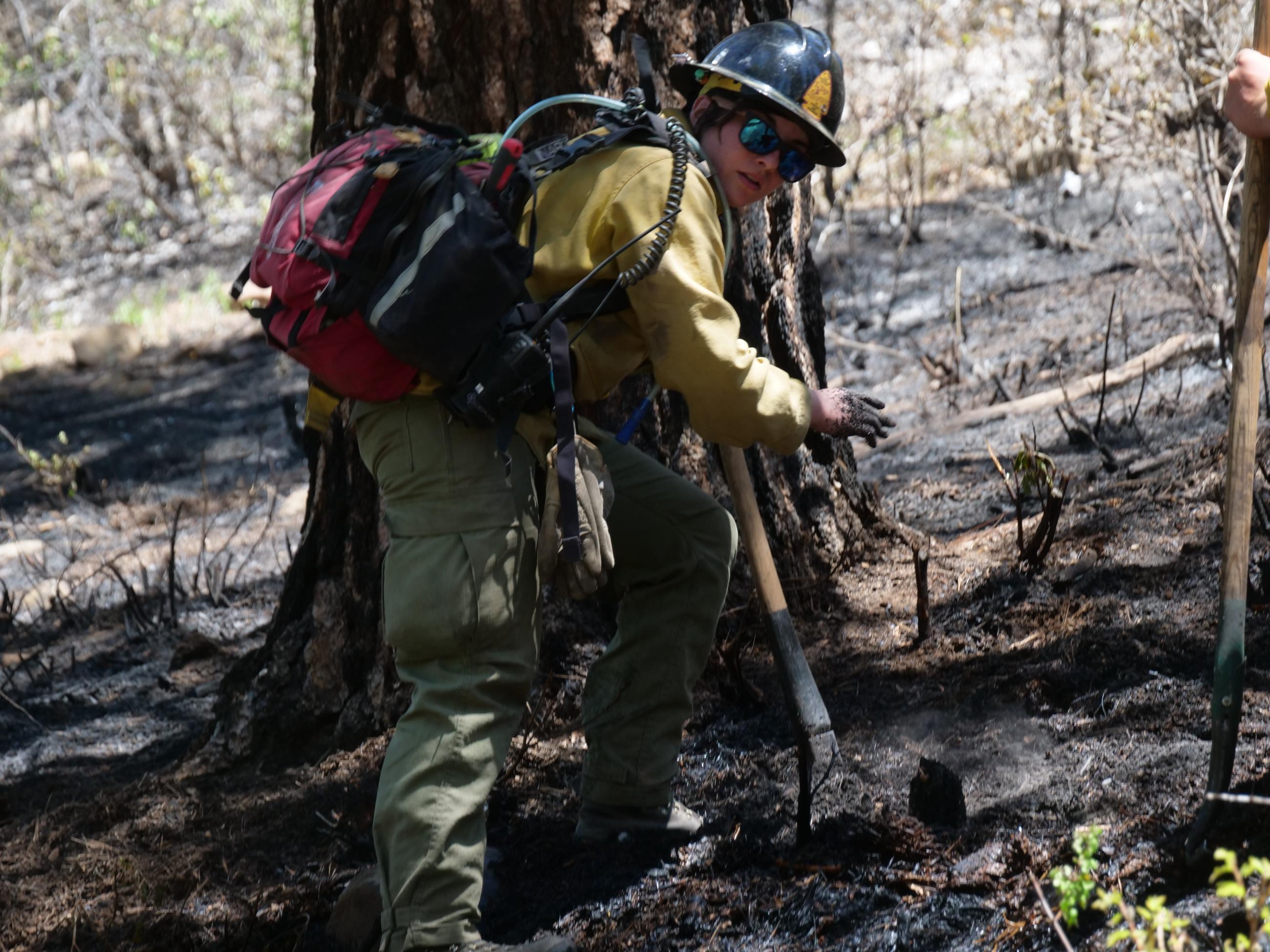
A firefighter with one of the cooperating agencies that helped with the prescribed burn "mops up" a hot spot near the edge of the burn area. Firefighters often use bare hands to feel for heat and make sure an area is out cold.
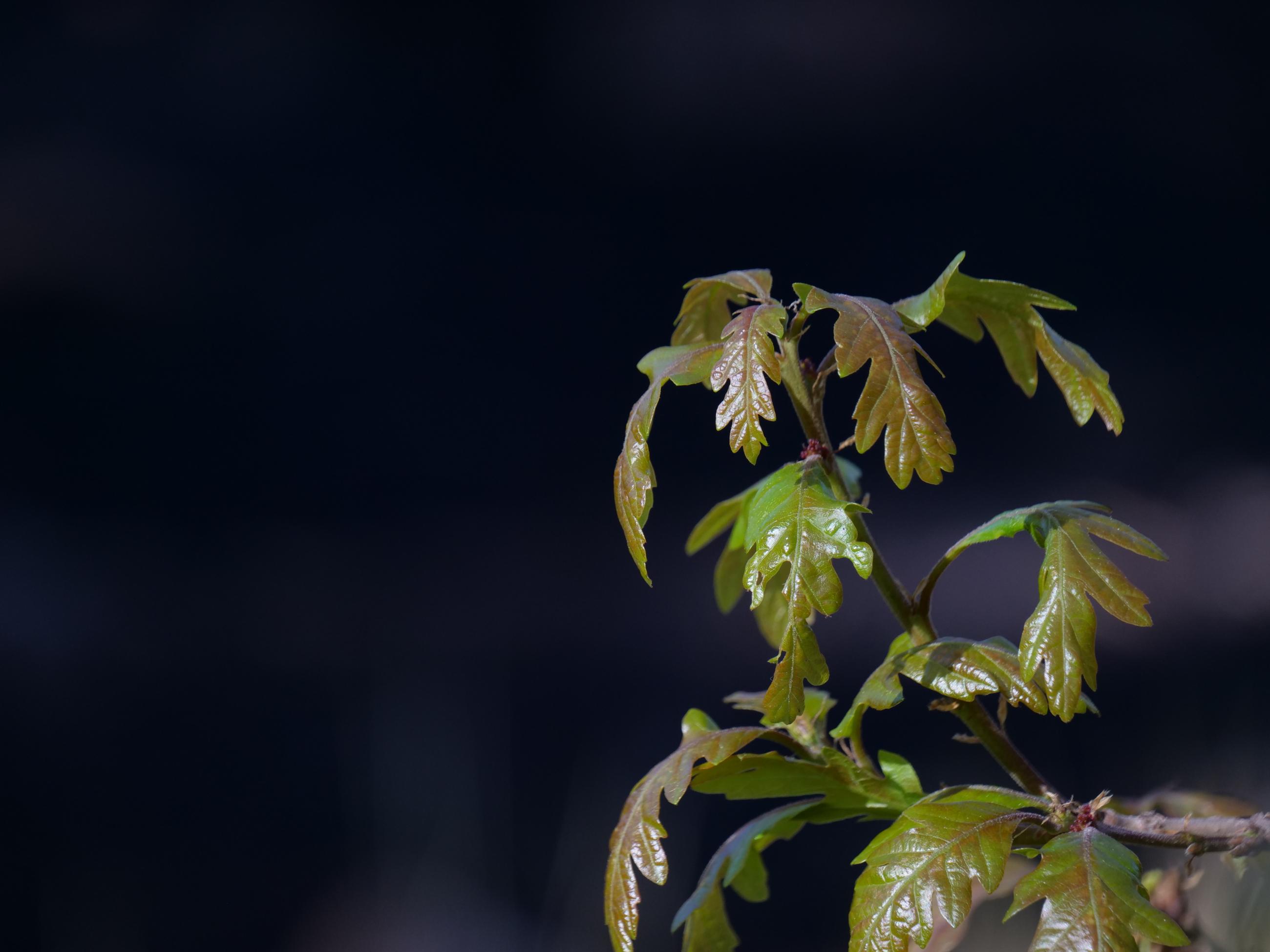
Reducing Gambel Oak under Ponderosa Pines is one objective of our prescribed burning program. Oak can act as a "ladder" fuel, helping to carry a fire from the ground up into the upper branches or "crowns" of the trees. Removing ladder fuels, in the forest or around trees on your own property, helps protect trees (or decks, outbuildings and homes).

Low to moderate intensity prescribed fire helps a variety of plants species thrive. The ash puts nutrients back into the soil and the fire kills noxious weeds and other non-native plants. Where brush and small trees are killed by the fire, ground plants will get more sunlight. More strawberries will attract more birds and other wildlife that will find it easier to find food.
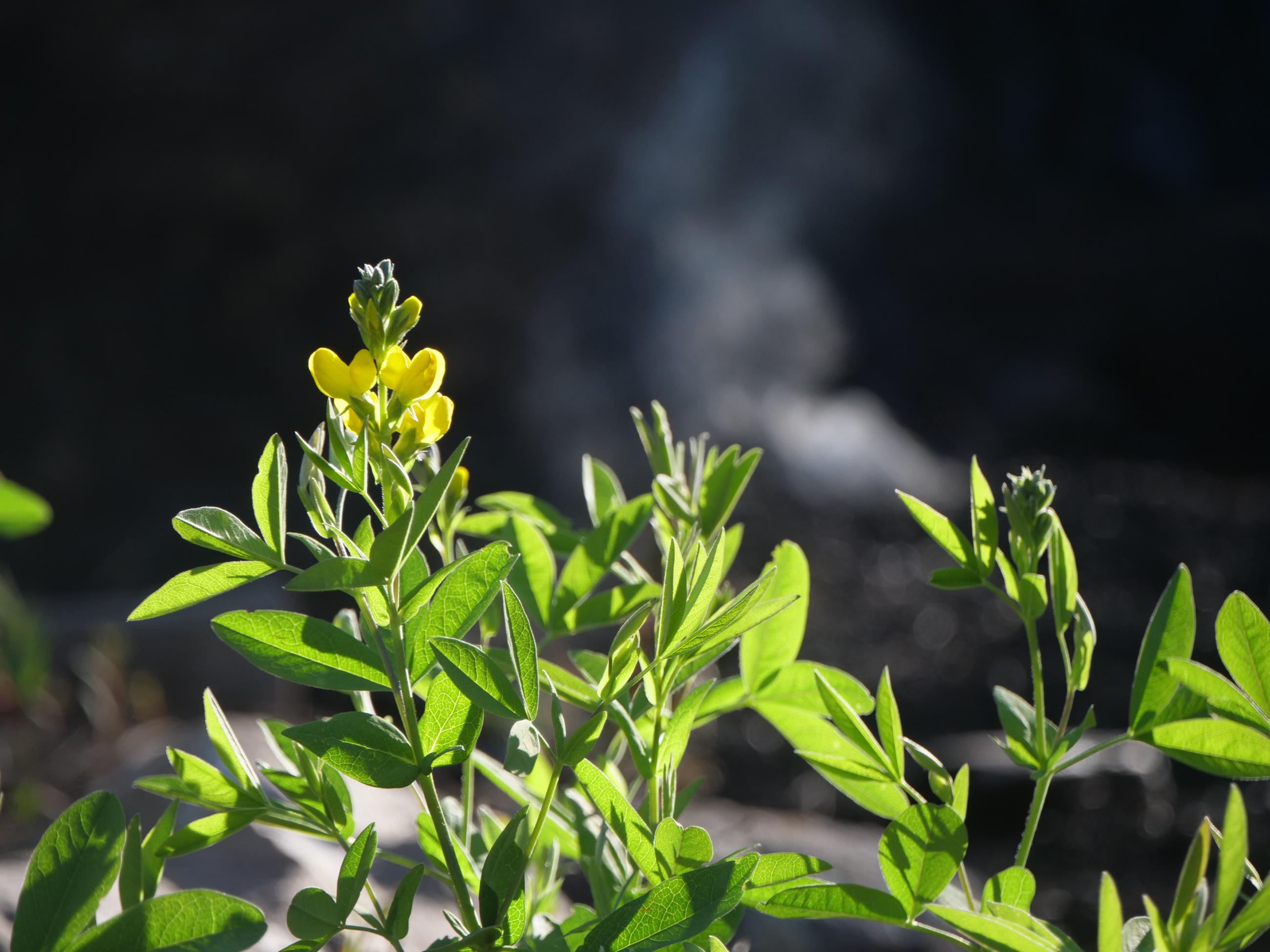
Areas treated with prescribed fire are quick to bounce back. That's especially true when, like this spring, the soil moisture content was already high and then the area receives rain after the burn.
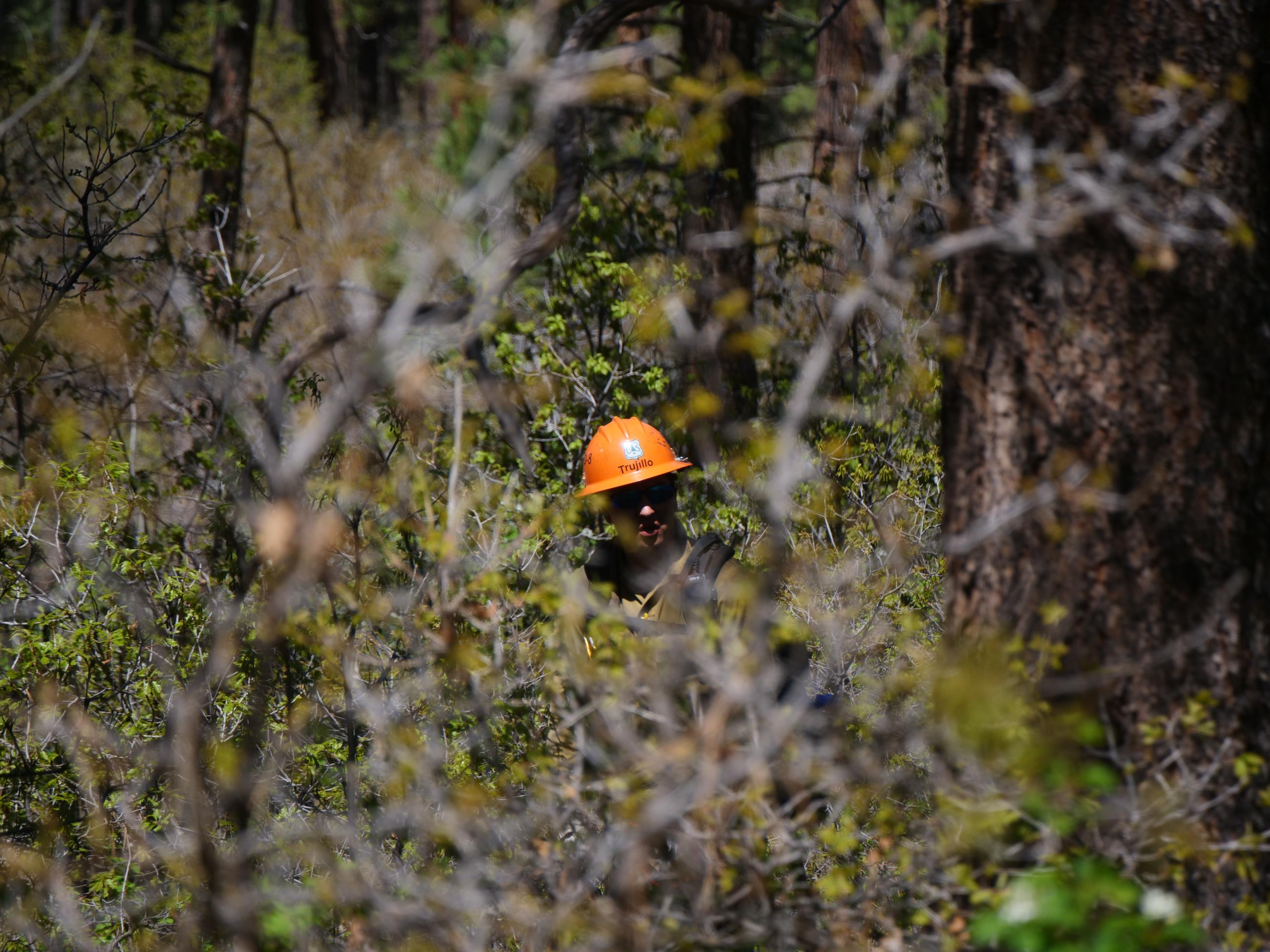
Thinning Gambel Oak (or "scrub" oak) is often a goal of prescribed burns in Ponderosa Pine ecosystems. The oak crowds out grasses and flowers and makes it harder for wildlife to graze (and for hunters to hunt). It's also very difficult to get through, if there is a wildfire. Killing some of this oak with prescribed fire will make it safer for firefighters, easier for hunters, and better for the health of the forest.
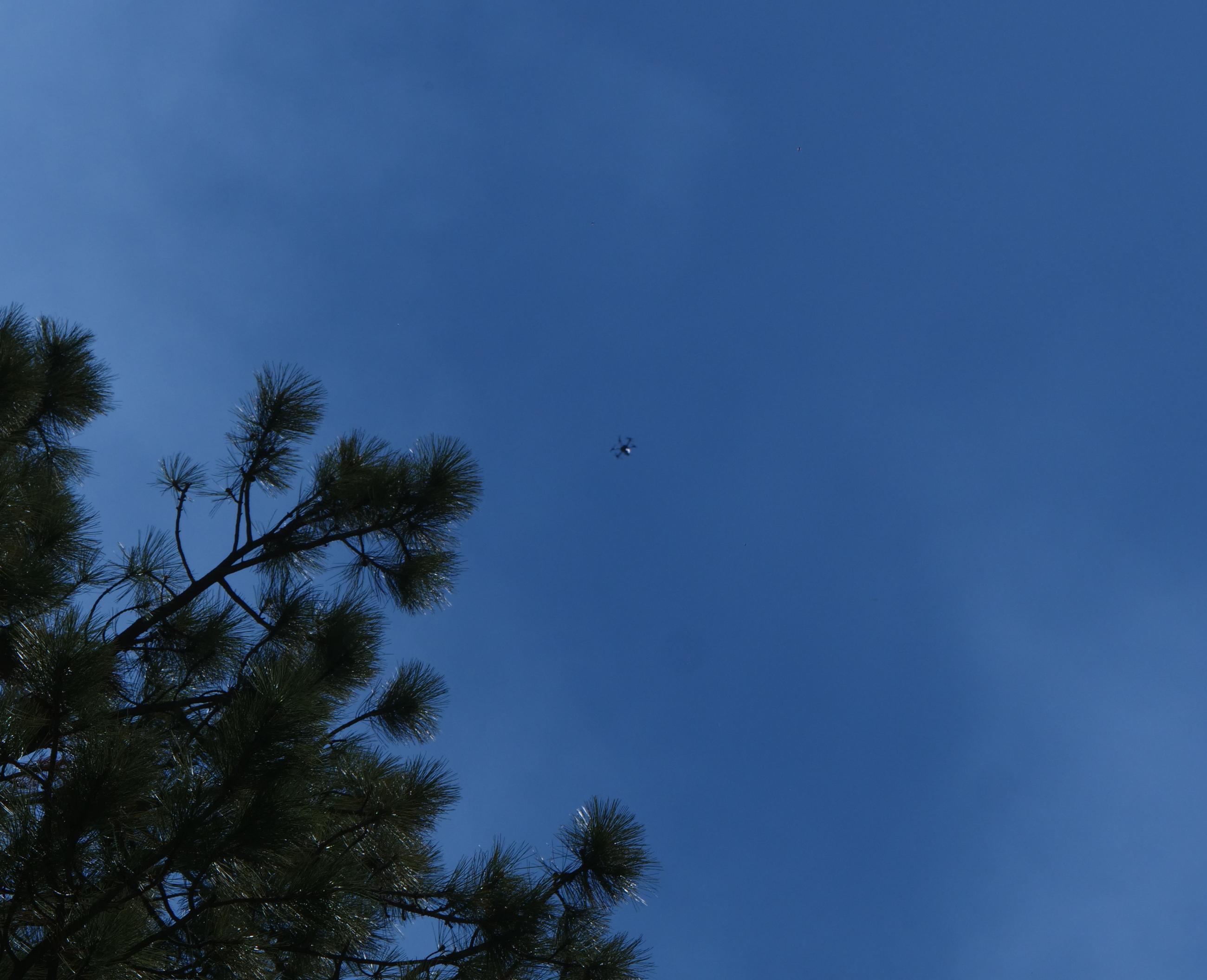
Using drones is a cost-effective way to cover more ground during prescribed burns. It's also safer to operate a drone above rugged terrain than to have people try and hike through it.
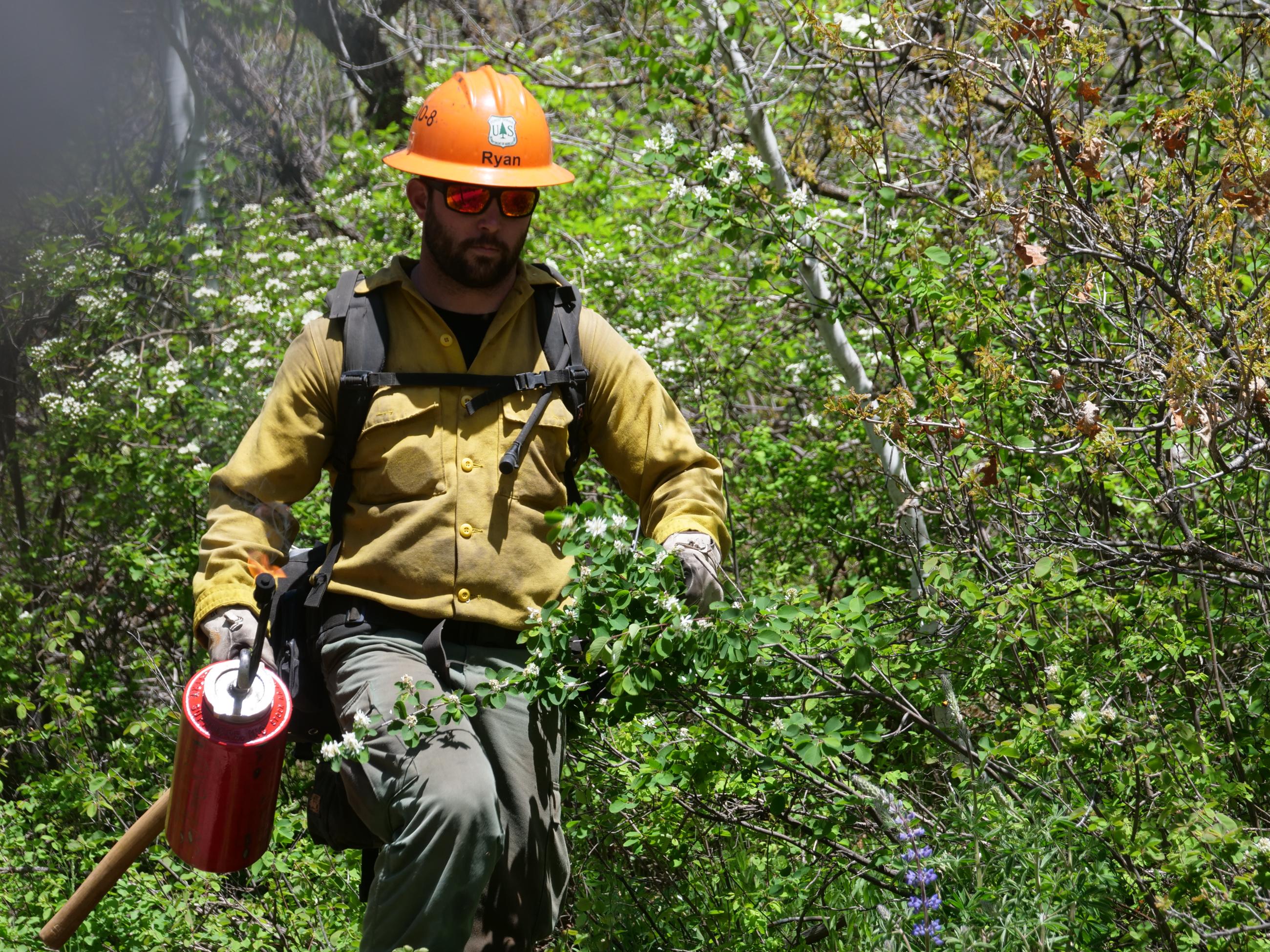
A firefighter from the Columbine Ranger District moves through brush during a prescribed burn on May 30. Burns like this help thin out overgrown areas of the forest. This will make it easier for firefighters to access this area if a wildfire occurs. Burning also helps promote new forage for wildlife and livestock.
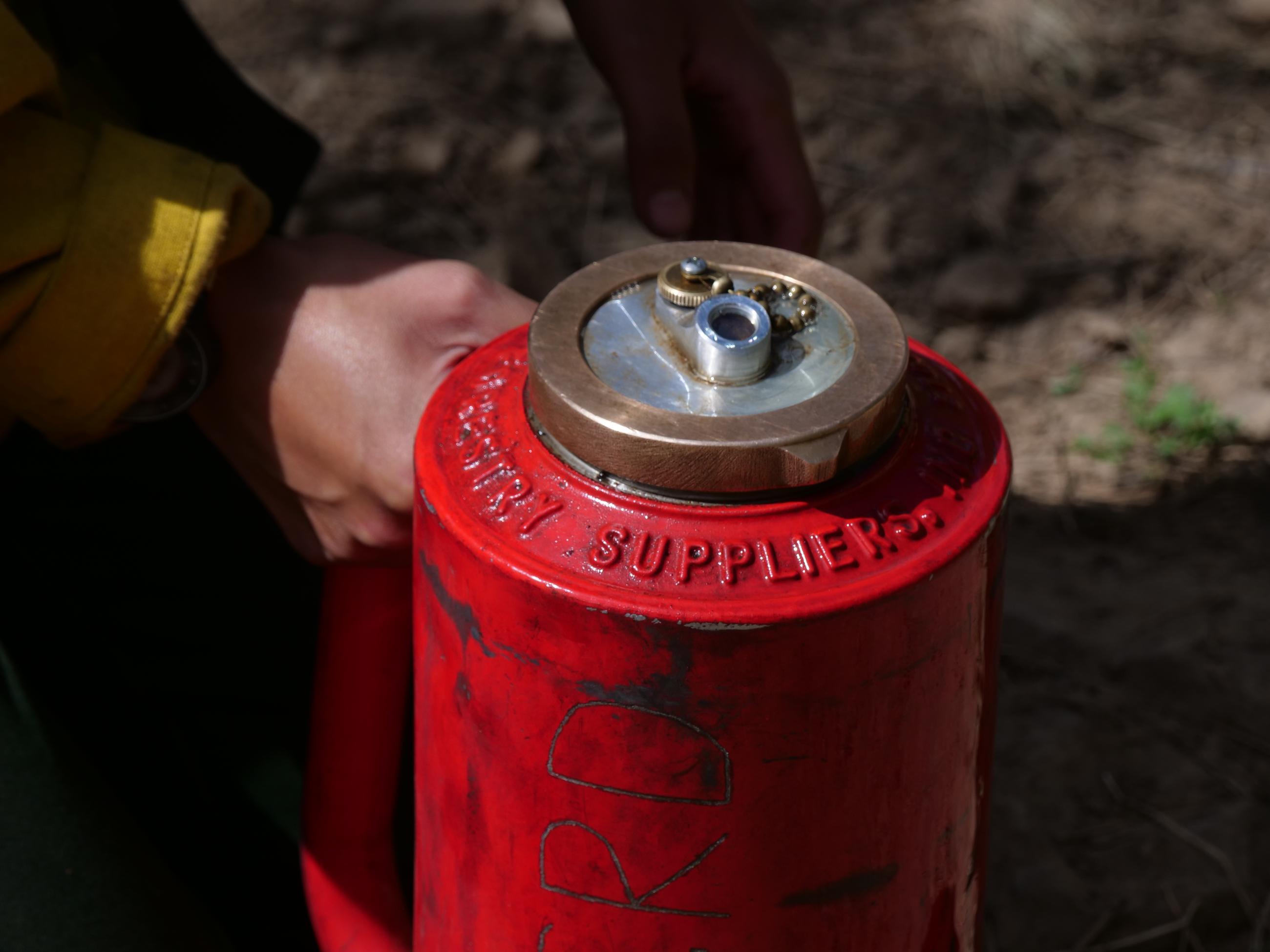
A drip torch fuel can being prepared for use.

 InciWeb
InciWeb
